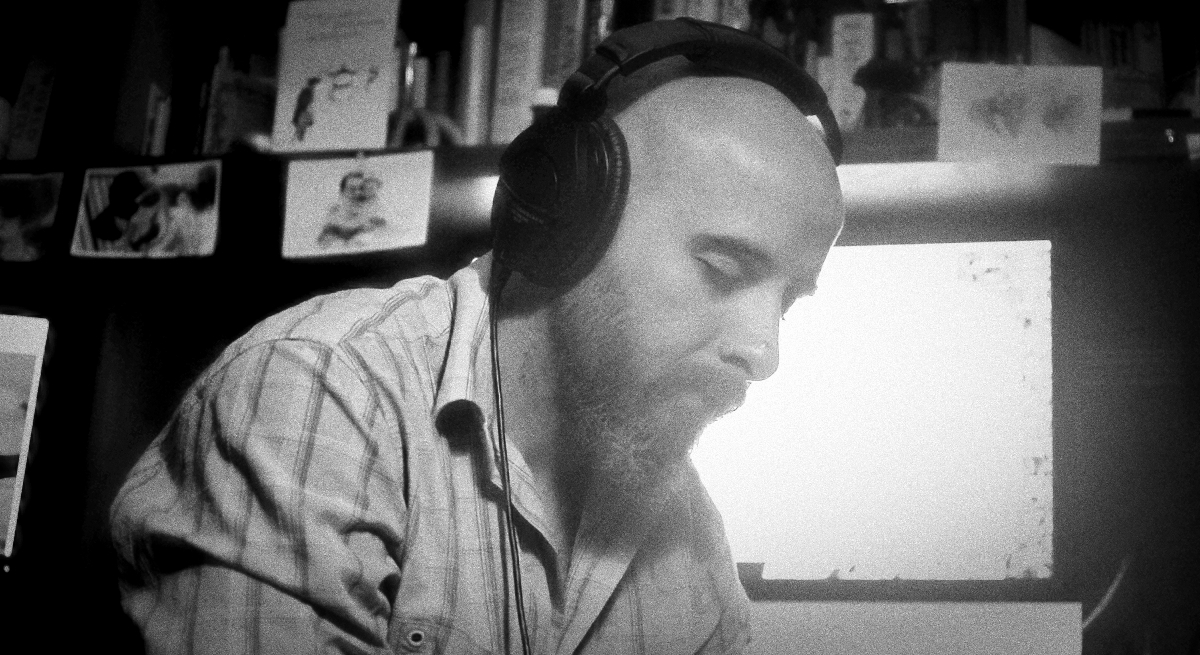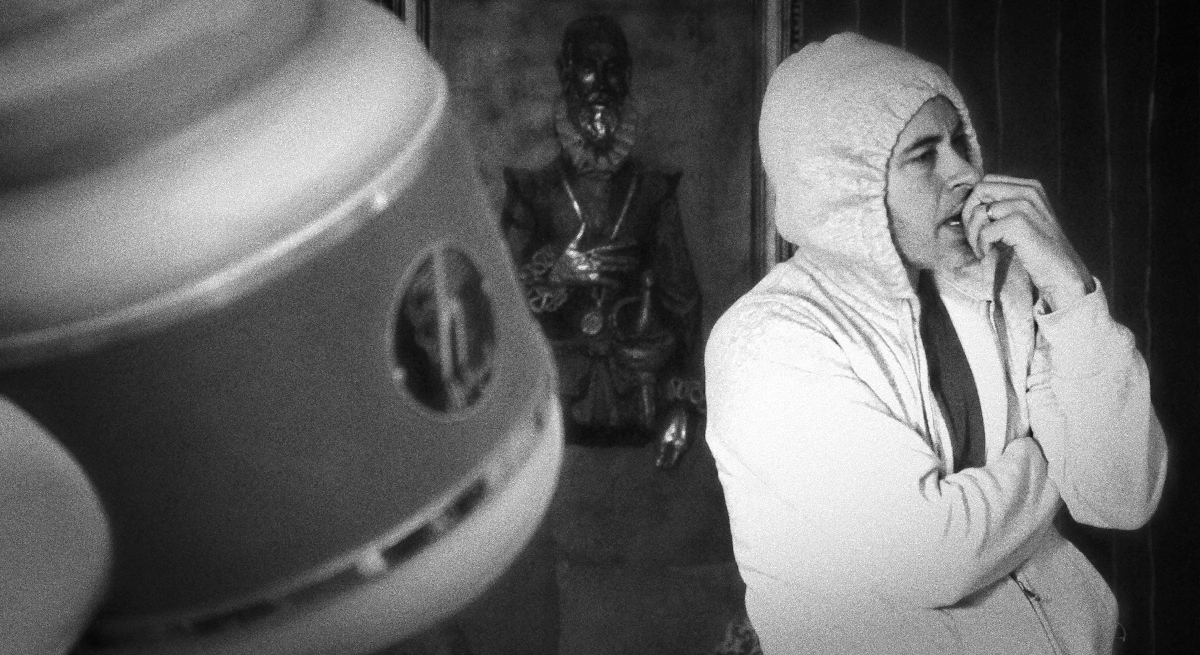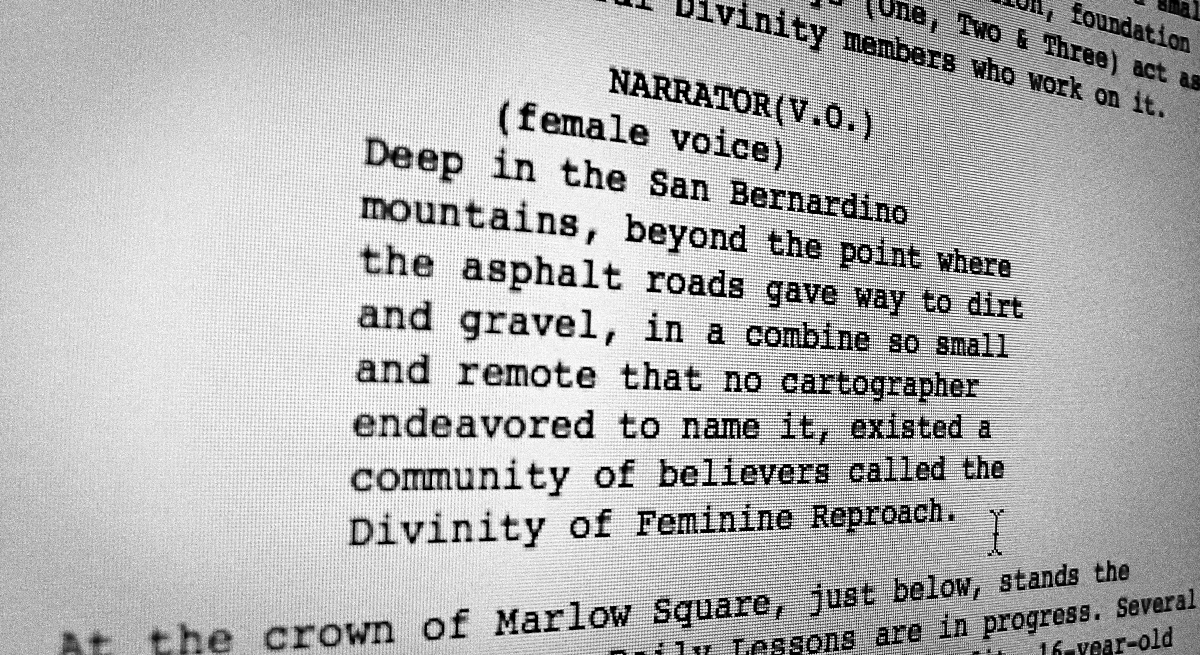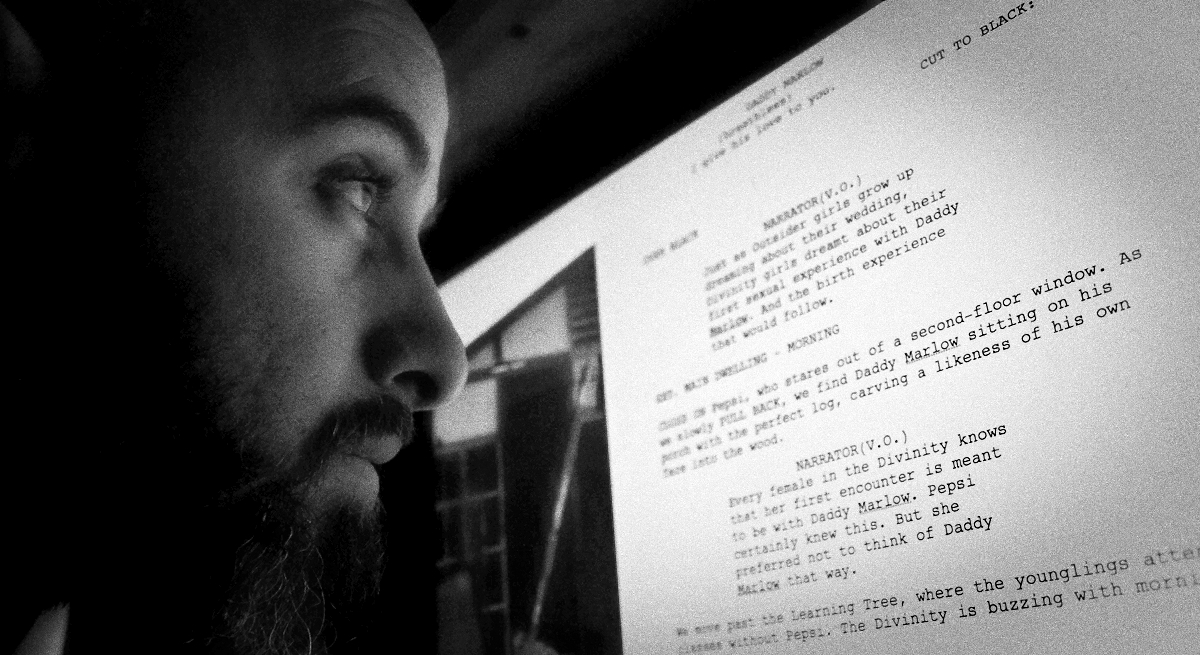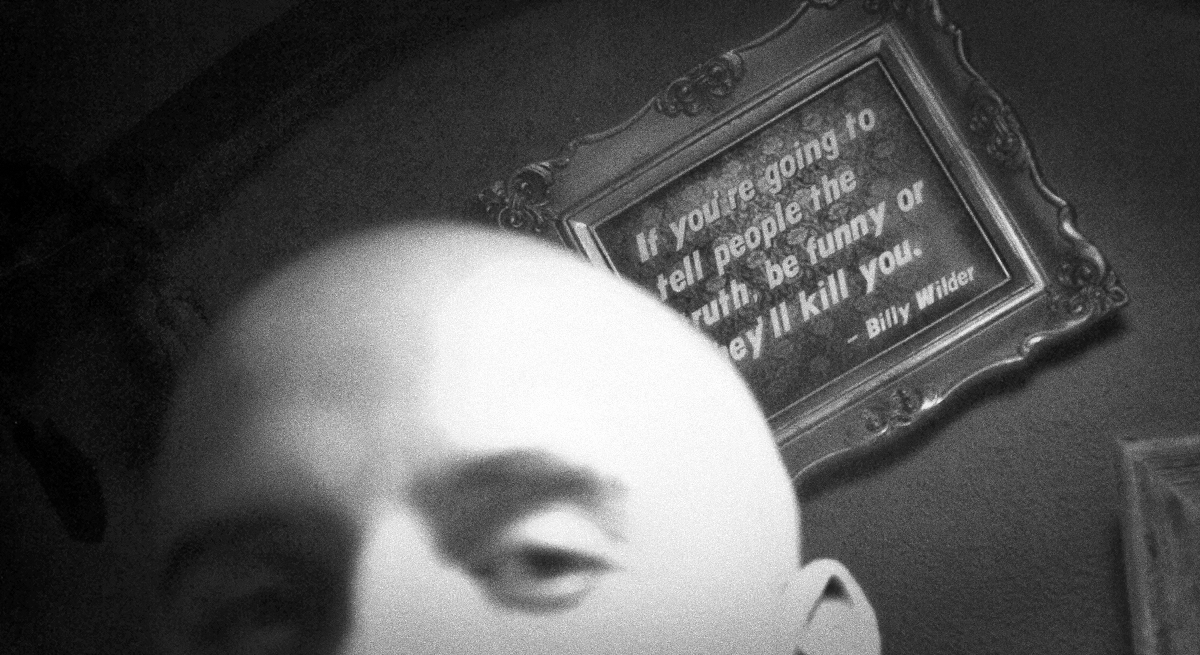For Greg's side of this story story, check out the sister post on his blog.
Greg and I have been meeting for our regularly scheduled writing sessions for nearly two months now as we work on the screenplay adaptation of Inside the Outside.
The first three or four weeks were spent outlining the screenplay, which was both fun and tedious, often at the same time. One of the challenges I’m finding myself confronted with is overcoming the occasional bout of boredom that comes with retelling a story that I spent five years writing in the first place.
The process of writing a novel involves long, isolated hours of intense focus and concentration. It’s not just a matter of putting words on the page (though, to be clear, that’s a terribly important part of the process), but it’s also about working out the kinks of the narrative and the characters, thinking about the various subplots and how they interplay, as well as how every choice made will effect the larger story being told. While it’s a process that I love dearly, I’m only human. I can’t tell you how satisfying it was (and still is) to have completed my novel and see it in print.
So, now that I’m collaborating with Greg on the adaptation, there are lots of times where he and I are locked into sessions of intense focus and concentration, working out the kinks of the narrative and the characters, thinking about the various subplots and how every choice made will effect the larger story. And, occasionally, I find it challenging to garner up the proper level of focus or concentration, because it feels as though I'm putting myself through the same difficult process all over again, in order to tell a story that I've already told. But, without fail, I am able to shake off those temporary funks, because, among other things, it’s just too exciting to think about the potential of this movie.
When there is a scene in the novel that plays out perfectly for the screenplay, the writing is a simple matter of translating from one format (novel) to the other (screenplay), nearly verbatim. So, when Greg and I are lost in our collective concentration, what we are often working on is how to re-imagine a scene to make it work on film—or, in some cases, we must invent new scenes that don't exist in the novel at all. These are the times where our writing is slowed to a grinding halt.
Part of the challenge of inventing a new scene is every choice we make—every action and every line of dialogue—must jibe with what we already know is going to happen later. See, if we were creating a brand new story from scratch, we could afford to play a little more jazz with the screenplay. But, because we are working within a well-defined structure, every choice must be exhaustively scrutinized.
For example, in the novel there is a key storyline involving Pepsi Marlow and Idea Marlow. When writing the novel, I didn’t have to devote many scenes to their story, as I had the luxury of developing and communicating it through the narrative. If you read the book, you’ll find that there’s really only one scene between Pepsi and Idea, despite the fact that I created a substantive back story for their relationship.
In the screenplay, however, we don’t have this same luxury. We’ve had to write scenes for Pepsi and Idea that will develop and establish who they are and, more importantly, what they mean to Timber. Scenes that, in the novel, were more or less implied. This also led us to one of our first major departures from the novel.
In the novel, Daddy Marlow uses his power and influence as Divinity leader to force a relationship with Pepsi in order to spite Idea. While I never actually show you their interactions, it is unmistakably implied. In the screenplay, however, Greg and I decided it is necessary to show how (and why) Daddy Marlow decided to target Pepsi. This led to us writing a scene between Daddy Marlow and Pepsi that doesn’t exist at all in the book. The result is a scene that is equal parts powerful and disturbing. And, while it doesn’t exist in the book, it very much represents the spirit of the book.
NEXT TIME: Exactly who does the writing when Greg and I are in one of our writing sessions? And which one of us writes faster? The answer may surprise you. Or maybe it won’t. Or maybe you’ll find your reaction falls somewhere in the middle. Also, I'll discuss Christine Vachon's book, Shooting to Kill, and what influence it has had on the adaptation process. Stay tuned!
